4 Facts About Fruit Stickers
When you purchase fruit from the grocery store, you’ll notice they each have small stickers on them. These stickers often go unnoticed, but they are quite interesting. They can tell you a lot about the individual fruit and the overall system.
Numbers Are the Same Nationwide
On the stickers, you can find a variety of information including a brand name or even the location of where the fruit was grown. You’ll also see a 4 or 5-digit code. Each fruit is assigned a unique number. This number is specific to the type of fruit as well as the variety. For example, there isn’t just a code for apple. There are individual codes for each variety of apple such as red delicious, granny smith, etc. All these codes are universal across the country. If you buy a banana in New York, it will have the same number as a banana bought in Utah.
Fruit Stickers Are Edible
The stickers found on fruit are regulated by the FDA. One of the regulations put in place makes it so these stickers are safe if accidentally consumed. These stickers are the only way individual produce can be identified and priced since they don’t come in any packaging. Since they come in contact with food, they need to be safe. The ink, paper, and glue on these stickers cannot harm humans. This means if you accidentally eat one from time to time or forget to remove them when baking or cooking produce, you won’t be harmed. However, this doesn’t mean you should go around eating these stickers regularly.
Stickers Tell You How It Was Grown
One of the most important parts of the sticker is the PLU code (Price Look Up code). This is the unique code for each fruit. However, this code tells you more than what specific fruit you’re eating. It also tells you how the fruit was grown. The biggest difference between products is the number of digits in a code. A 4-digit code means it was grown conventionally. These products are typically grown using pesticides. For fruit with 5-digit codes, there are two possibilities. If the code begins with an 8, then this means the fruit was genetically modified in some way. Usually, this means it has pesticides built in. If the code begins with a 9, it means it was grown organically without any pesticides.
Future Alternatives
While these stickers have been a major part of labeling and regulating fruit sold across the United States, there are some proposed changes that may be seen in the future. Many people use fruit wash to clean their fruit after they purchase it. This wash removes wax, dirt, bacteria, etc. that are on the fruit so it will be safe to consume. There is potential for dissolvable fruit stickers that can also be washed away with common fruit washes. Another alternative to current fruit stickers is the use of laser etchings on fruit. This method uses a precise laser that removes the pigment on the skin of the fruit. It would not affect the shelf life or quality of the fruit in any way and it is not detectable once the skin is removed. Laser etchings would vastly decrease the amount of ink, paper, and adhesive used to make fruit stickers.
Fruit stickers are an overlooked part of the fruit industry, yet they play a very large role. You can learn a lot from just one tiny sticker. Next time you visit the store, you can review these stickers with a more trained eye.
If you sell produce, you’ll need stickers and labels of your own. Click here to review what’s available at In Stock Labels.

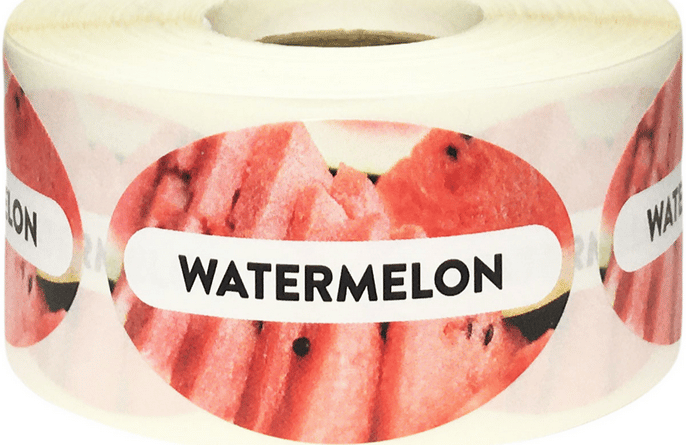
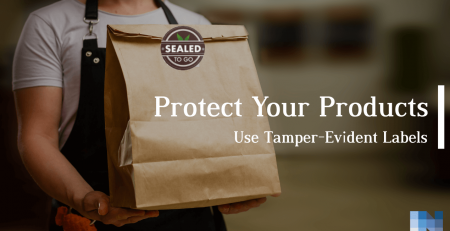

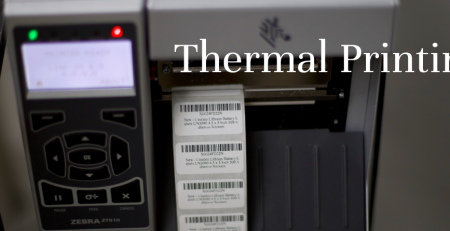



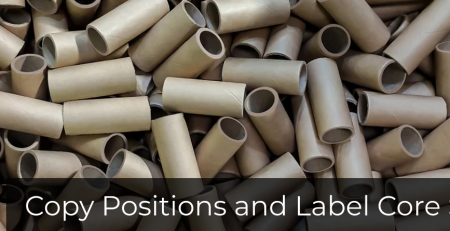

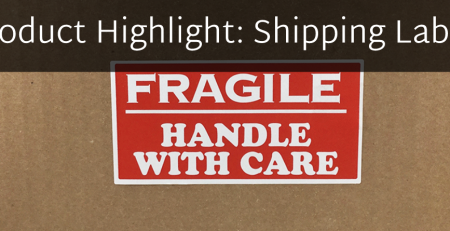



Leave a Reply